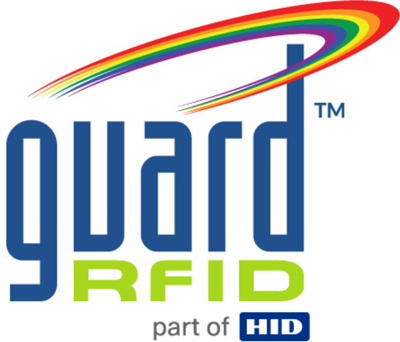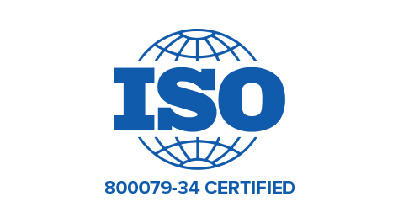How often are babies actually switched at hospitals? While there are no firm statistics on the numbers of babies accidentally switched at hospitals, past statistics indicate that it could happen as rarely as one in every 1,000 transfers. With modern identification processes, the numbers may be lower today, but mix-ups between mothers and their babies in hospitals can, and do, happen – and it’s obviously distressing for both the mother and her family.
When hospital baby switching happens
In a hospital in Minnesota, a baby mix-up occurred in 2016 when one woman’s son was given to another mother who had recently given birth to twins. She didn’t notice that the baby boy given to her was not her own son and had the baby for two hours, including breastfeeding him, before the mix-up was identified. Testing for HIV and hepatitis has to be done over the course of a year and resulted in unnecessary stress and emotional damage for all involved.
It was a similar experience for a new mom in Orange Park, Florida in 2018 when her newborn son also ended up being breastfed by another mother. After her son was taken by nurses to be circumcised and wasn’t returned for almost two hours, a nurse told her that they’d given him to the wrong mother before discovering their mistake.
In both cases, not only were the mix-ups distressing to the mothers but they also resulted in legal action against the hospitals involved, with significant reputational risk and unnecessary embarrassment to hospital administrators and staff.
What can be done to avoid mix-ups?
There are additional practical steps that be taken to protect both the mother and her baby, including having her partner accompany the baby to any tests or examinations that might require the baby to leave the room. The baby could also be dressed in clothing that will make him or her easily recognizable to the mother and distinctive from the other babies in the maternity unit. One other option is to always keep the baby in the room with the mother, rather than send him or her to the hospital nursery.
While these steps give greater protection to the baby, and offer the mother greater peace of mind, mistakes and mix-ups can happen, with identity bands slipping off, errors in staff judgement and tired parents who may not pick-up on sudden changes.
While the likelihood of mix-ups and switching remains low, advances in technology can protect your baby and prevent stressful incidents from happening. One such option is to tag both mother and baby to ensure that they are connected by active RFID tag and matched to each other.
Real-time security to give mothers true peace of mind
With the widest selection of infant tags in the industry, avoid any mix-ups between mothers and their babies with GuardRFID’s Mother Tag. The state-of-the-art security system will let you know if you happen to be handing over a newborn to the wrong person.
And it’s backed by GuardRFID’s market-leading TotGuard Infant & Pediatric Security solution that provides real-time visibility and monitoring to prevent any potential Mother-Baby mismatches.
To learn more about protecting your littlest patients, keeping mother and baby safe and sound at your healthcare facility, visit https://www.guardrfid.com/healthcare-rtls/infant-security/.


